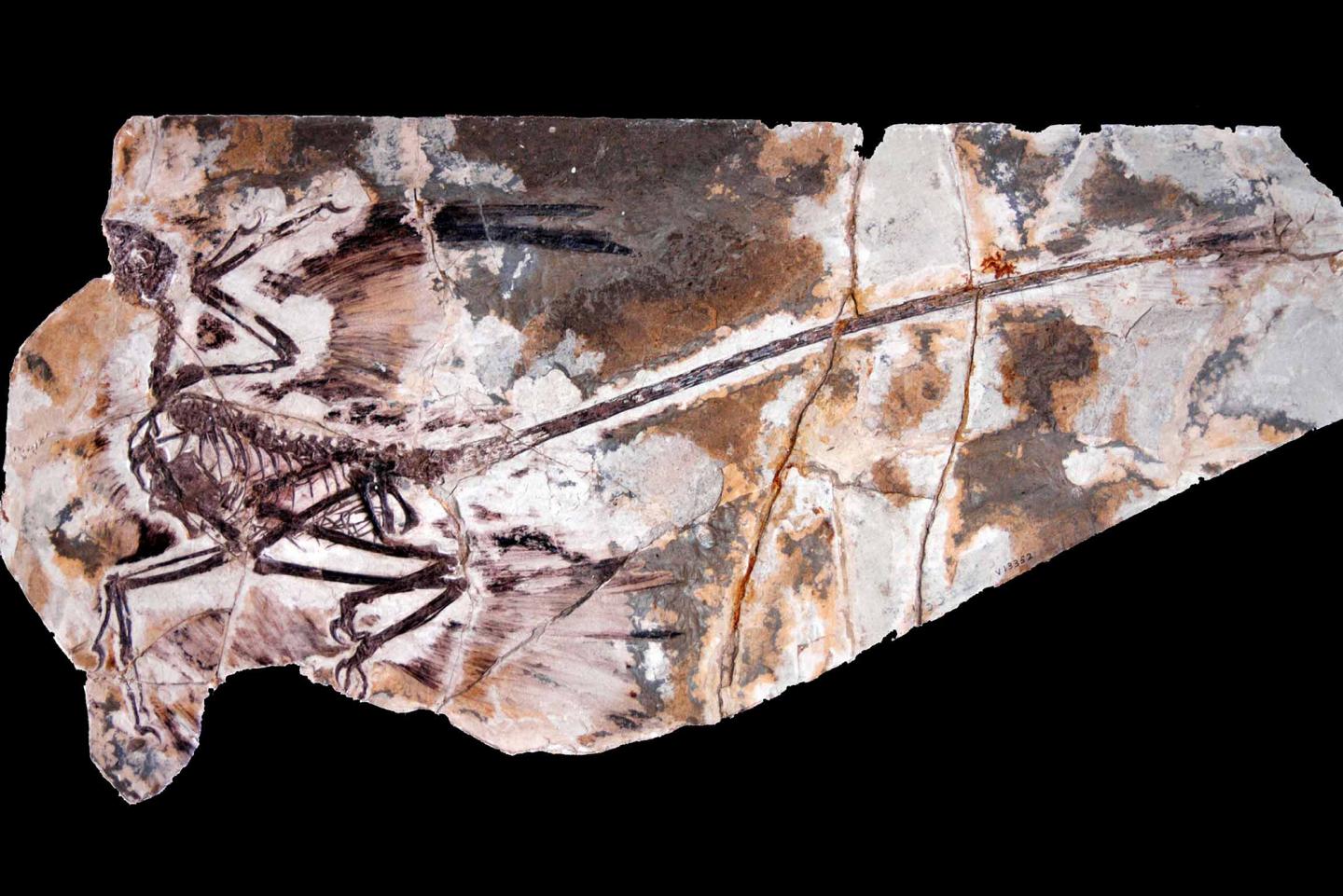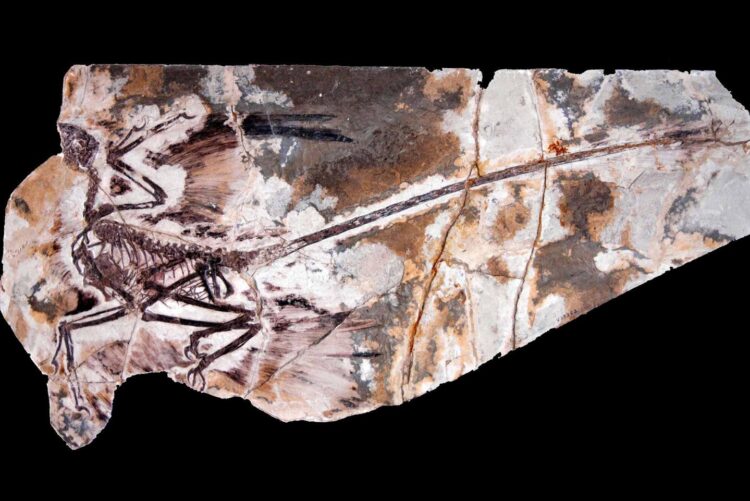Francisco Serrano, from University of Malaga, refutes this conclusion published in 2020 in the absence of scientific evidence

Credit: F.J. Serrano. University of Malaga
Powered flight in animals -that uses flapping wings to generate thrust- is a very energetically demanding mode of locomotion that requires many anatomical and physiological adaptations. In fact, the capability to develop it has only appeared four times in the evolutionary history of animals: on insects, pterosaurs, birds and bats.
A research paper published in 2020 in the scientific journal Current Biology concluded that, apart from birds -the only living descendants of dinosaurs-, powered flight would have originated independently in other three groups of dinosaurs. A conclusion that makes a great impact, as it increases the number of vertebrates that would have developed this costly mode of locomotion, which, among dinosaurs, would no longer be an exclusive capability of birds.
The scientist of the Department of Ecology and Geology of the University of Malaga Francisco Serrano Alarcón has recently published an article in the same journal, questioning the idea that powered flight appeared multiple times among dinosaurs.
The researcher of the UMA, member of the Dinosaur Institute (NHMLAC) of Los Angeles, refutes such conclusion in the absence of scientific evidence. As he remarks, the parameters used by the authors to determine flight capability do not allow differentiation between powered flight and passive flight, the latter being frequent in many more animal groups.
This new study, which he conducted along with the paleontologist Luis M. Chiappe, Vice-President for Research and Collections of the NHMLAC, compares the parameters measured on present animals with powered flight capability, such as birds and bats, and gliding animals, for example, flying squirrels or flying reptiles, among others. Moreover, they added new data on the capability to generate energy from muscles in addition to the data considered in the original study.
“Birds are a group of dinosaurs of which we have discovered 150-million-year-old fossils with fully developed wings. Among their closest non-avialan relatives, we have also found fossils with sufficiently developed wings that could provide them with some aerodynamic benefit, whether to glide between trees or get thrust to climb and jump over obstacles. But this does not mean that they could take off by flapping their wings or maintain a powered flight”, explains Francisco Serrano.
In short, both authors conclude that, although they cannot discount the possibility that powered flight appeared in other non-avialan dinosaurs, current evidence does not support the hypothesis suggested in the original paper by Pei et al (2020).
###
Reference:
FJ Serrano, LM Chiappe. 2021. Independent origins for powered flight in paravian dinosaurs? Current Biology 31, R370-R372.
Media Contact
María Guerrero
[email protected]
Related Journal Article
http://dx.





